Overview
Map
Other Details
كنيسة مار روكز
Fraikeh
Zgharta
North
كنيسة مار روكز - الفراديسالكنيسة الأولى هي محبسة في أعلى القرية تعود للقرون الوسطى. بُنيت الكنيسة الحاليّة وسط البلدة في القرن التاسع عشر، هي كنيسة صغيرة بعقدٍ مصالب، قبّتها تعود لسنة ١٩٥٤. تضم الكنيسة لوحةً لمار روكز عمل حنّا رفوّل دحدح سنة ١٩٥٧. على بيت القربان نقشٌ لطائر الفينيق رمزٌ القيامة.The church of St Roch - FradisThe first church was a medieval hermitage on the edge of the village. In the mid XIXth century the current church was built in the middle of the vill’age. The structure consists of a single small crossed vault, the bell tower was added in 1954. The church holds a painting of St Roch by Hanna Raffoul Dahdah from 1957. The tabernacle has a phoenix engraving on it’s door symbolizing Ressurection.
Visited 2170 times, 3 Visits today


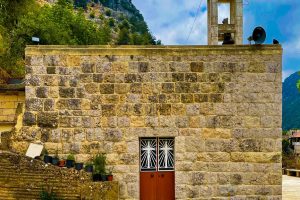
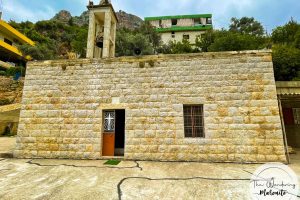
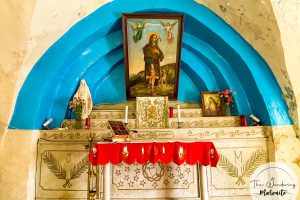


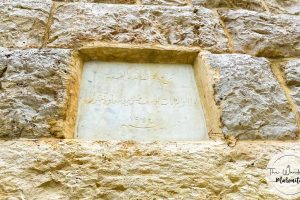
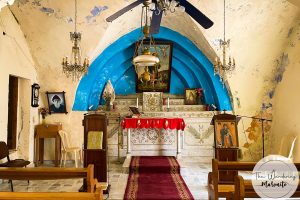







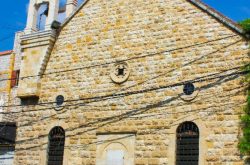
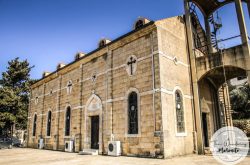

Reviews are disabled, but trackbacks and pingbacks are open.